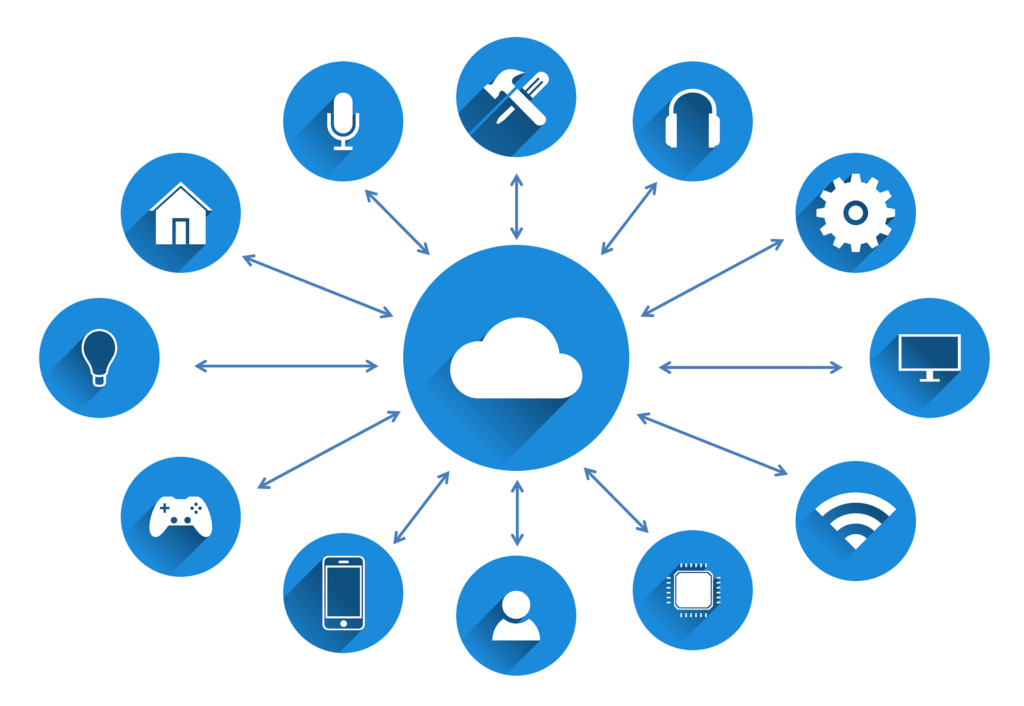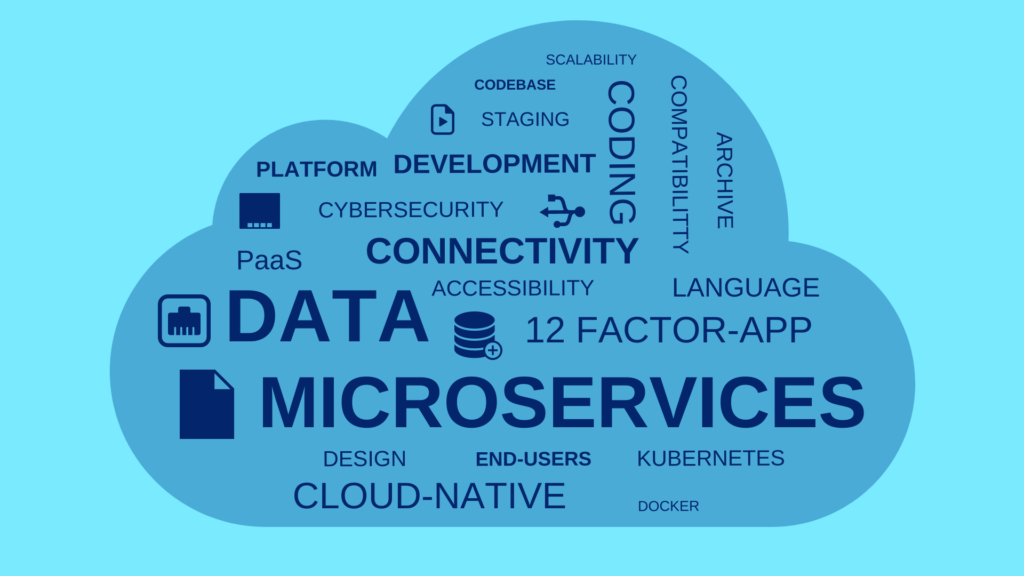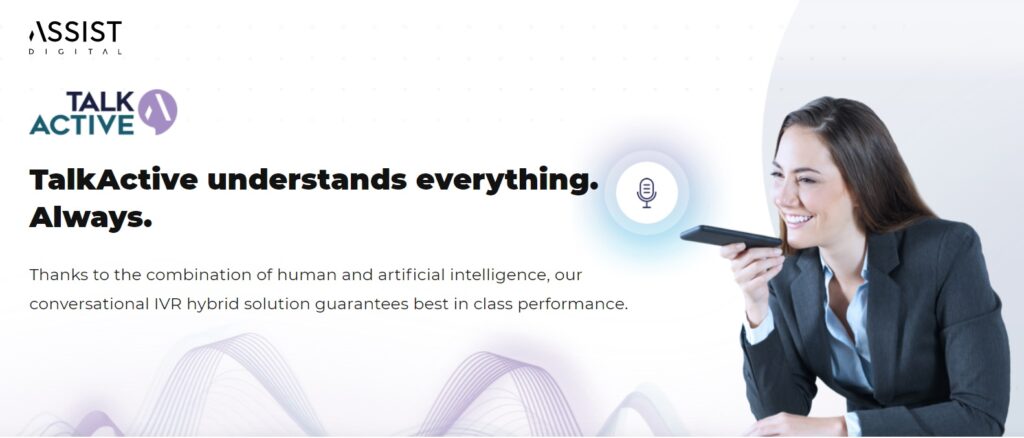
Introduction: What’s cloud complexity?
Cloud computing has proven to be one of the biggest shifts in modern technology. It offers benefits such as increased flexibility, ease of recovering data, and little maintenance. While this technology can be extremely useful, many enterprises have experienced failure with it because of cloud complexity.
This issue occurs when cloud-based platforms experience an excess of heterogeneity and a limited number of common services. It is worth noting that there is currently a wide range of tools used for CloudOps, and this can make it easier for a system to fail. Disconnected cloud builds and migration teams also contribute to the rise in cloud complexity. Similarly, a focus on multi-cloud and best of breed architecture leads to complexity in the systems.
When ranking the level of your cloud complexity, you need to take into account factors like the number of databases, the number of workloads, and the governance models. The level of complexity will also be determined by the security models, the management platforms, and the number of storage systems.
Cloud complexity can be a challenge to businesses and developers since it makes it harder to design and debug the system. It also increases the chances that the system will fail. Businesses experiencing cloud complexity also suffer a high turnover in the cloudops teams.
Examples of complex cloud architectures

1. Event stream
Event streaming platforms provide an architecture that enables software to react to new events. They make it possible for software components to work together in a scalable and real-time fashion. When the architectural patterns are composed together, they are able to meet the demands of a real-time distributed system.
Event streams are developed with lightweight protocols that prevent the system from turning into distributed monoliths. However, an increase in the number of microservices can result in cloud complexity.
2. Cloud-Native Microservices
Cloud-native microservices refers to an architectural and philosophical approach for building applications that take advantage of cloud computing. This cloud architecture assembles different cloud-based components in a way that is optimized for the cloud environment. It entails the adoption of five architectural principles, including containerization, dynamic management, microservices, automation, and orchestration. It also relies on the cultural principles of delegation and dynamic strategy.
Cloud-native microservices make it possible for us to create complex systems as we are able to divide them into smaller components that are built by different teams. This technology works well with modern software delivery methods and is able to provide faster time to value. It is also very efficient to operate and can scale horizontally.
While cloud-native microservices have many benefits, the system can easily go wrong because of the complexity of distributed systems. The cloud-native ecosystem is still relatively immature, which means there is a wide variety of tools and platforms available.
The distributed systems can also be harder to design, construct, and debug. Since failure is usually expected, developer teams need to build in contingency systems so that customers hardly notice a change when the system fails.

3. Serverless
Serverless is a cloud execution model that offloads all management responsibility for backend tasks and infrastructure to a third party (the cloud provider). With this technology, developers can scale up or down in response to the demand. When the application stops running, the resources will automatically scale to zero. In this way, serverless is a cost-effective and simple way of building and operating cloud-native applications.
While serverless can be highly beneficial, it can make it harder to monitor the network and debug issues. This is a problem in any distributed system, given that it results in cloud complexity. However, the serverless cloud architecture only helps to make the processes more complex. While it is possible to use an architecture that is entirely based on serverless computing, this approach is quite risky and difficult to implement with the current technology.
4. Saga Pattern
A saga pattern is a method of managing data consistency across microservices in a distributed transaction scenario. Saga can be defined as a sequence of transactions that update other services. At the same time, they publish a message or event to trigger the next transaction step.
This pattern is mostly used if an application is supposed to maintain data consistency across different microservices without tight coupling. It is also used in cases where the developer would need to roll back if any operation in the sequence fails. Saga patterns are useful in applications that have long-lived transactions. With such systems, other microservices will not be blocked if one microservice runs for a long time.
Cloud complexity emerges in saga patterns when the number of microservices increases. Again, this would make it difficult to debug the pattern. Developers have to use advanced programming models to develop and design compensating transactions that can undo changes.
5. Near Real-Time Data Analysis
Businesses can’t afford delays in information acquisition or decision making as this can expose them to risk. Such delays can also make them miss out on major opportunities. With near real-time data analysis, an organization is able to act faster based on insights that indicate where the problems and opportunities are. This method of data analysis is important in sectors like finance, retail stores, and digital marketing.
While real-time data analysis is continuous and happens instantly, near real-time data analysis takes place in batches. It is done using hybrid cloud environments.
The systems have to prepare datasets from different sources, and organizations usually prefer using the cloud environment as it offers cheaper storage. To minimize the computing costs on the cloud, the organizations have to perform real-time data analysis near the source. They also have to format and catalogue the data. Implementing this practice is useful as it makes it easier to retrieve processes later on.
The cloud architecture consists of a message transport pipeline, a steam processing component, a low-latency data store, and visualization and analytical tools. Near real-time data analysis is quite useful for operational intelligence.
With these systems, the ingestion flow pipelines can be very complex and will induce latency in end-to-end flow. The systems are also prone to failure, and the recovery process can be difficult.
Case Study: TalkActive by Assist Digital
Next, we will look at a system that uses CloudOps, automation, and complex cloud architecture to deliver impressive results.

TalkActive by Assist Digital is a hybrid IVR (interactive voice response) system that is capable of understanding human communication. It combines real-time human support and artificial intelligence, and in this way, it works better than other mainstream solutions that only rely on AI.
This IVR is even designed to understand colloquial expressions, nuances, and complicated alphanumeric codes. In this way, it is able to create interactions that are extremely similar to normal human communication. Businesses can enjoy significant cost savings with this system as it makes it possible to automate all incoming calls.
According to their creators, TalkActive was developed to use the best AI technologies already within companies. It has a microservice architecture designed to exploit the potential of the cloud. The platform is available on AWS, Google Cloud Platform and MS Azure environments and can be integrated into existing business systems, with the most popular AI engines and IVR applications.
Best practices for complex cloud architectures
Let’s take a look at some tips that will help your products and solutions thrive in a complex cloud environment:
- Cloud complexity usually occurs because of a rapid acceleration of cloud migration. The cloud-native ecosystem is also a Wild West territory, with a wide variety of tools and platforms. Without common systems, the architecture will inevitably become complex.
- Given that these systems are almost guaranteed to fail at some point, it is essential to develop failure management solutions early on. If a system is designed with the expectation of failing, customers will hardly notice a change when it eventually breaks down.
- It is also advisable to practice architectural discipline. To do this, you will have to build and migrate cloud systems in short and disconnected sessions. You don’t necessarily need to pay attention to the storage, security, governance, or other standard platforms as you migrate the cloud systems. By practising architectural discipline, you can prevent the systems from becoming complex.
- You should also monitor your cloudops to ensure that there are no outages or breaches. This should be done at least once every quarter or so. If you notice an increase in outages and breaches, this might indicate that the system has become too complex.
- To address the complexity in your systems, you will have to examine the data, services, workloads, and platforms. You can then use automation and abstraction tools to manage them.

